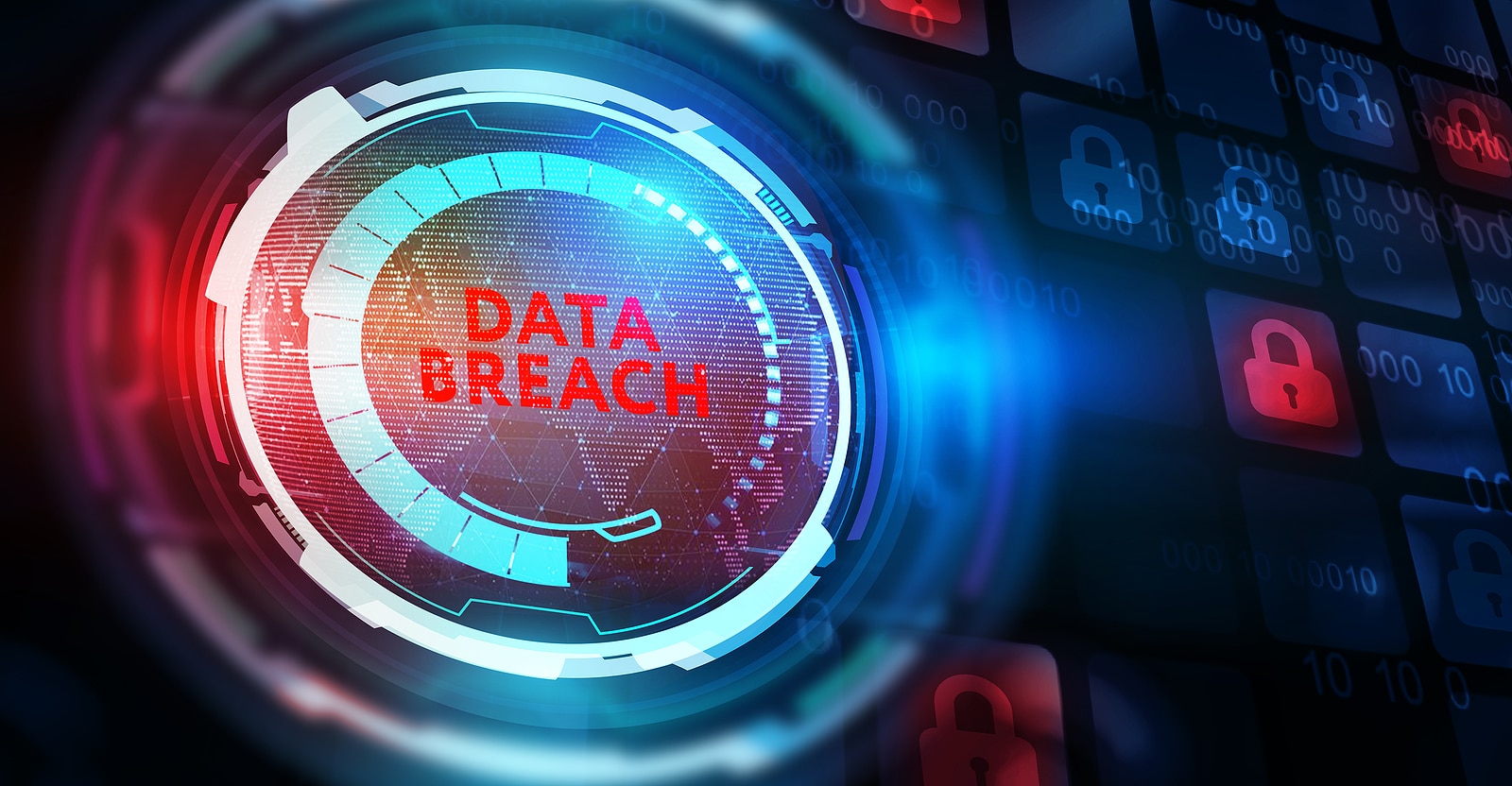Leading Tips for Ensuring Secure Data Destruction in Your Cyber Security Strategy
Leading Tips for Ensuring Secure Data Destruction in Your Cyber Security Strategy
Blog Article
The Significance of Effective Data Damage Practices in Safeguarding Sensitive Information and Ensuring Computer System Safety
In a period where data violations are progressively common, the importance of effective data destruction methods can not be overstated. Applying robust information devastation techniques not just reduces these threats but also aligns with lawful conformity needs, ensuring that organizations copyright their track record and foster customer count on.
Comprehending Data Devastation
Comprehending information devastation is vital in today's electronic landscape, where delicate info can easily be compromised. Effective information damage involves not merely erasing data but making sure that data is irretrievable via extensive techniques. This process is crucial for companies that manage personal client details, copyright, or inner files, as any breach can lead to extreme financial and reputational effects.
Information damage includes different strategies, consisting of shredding physical media, degaussing magnetic storage gadgets, and using software-based solutions that overwrite information multiple times. Each approach offers a certain objective and has to align with the level of sensitivity of the details being thrown away. For example, physical destruction is commonly chosen for hard disk drives containing highly confidential information, while software program approaches could suffice for less sensitive details.
Additionally, adhering to market requirements and policies, such as the General Information Security Regulation (GDPR) or the Medical Insurance Transportability and Responsibility Act (HIPAA), is essential for compliance and to mitigate legal threats. Organizations must create a robust information devastation plan, train workers on best practices, and frequently examine their procedures to make sure that all delicate details is dealt with firmly and efficiently.
Threats of Inadequate Practices
Insufficient data devastation techniques reveal organizations to substantial dangers that can have far-ranging consequences. When delicate info is not appropriately taken care of, it stays susceptible to unapproved access, which can bring about data violations and identification theft. Such events not only jeopardize the protection of individuals but additionally tarnish the company's credibility, resulting in a loss of consumer trust fund and potential financial repercussions.
Moreover, governing conformity is significantly stringent in numerous industries. Failing to stick to information damage regulations can result in large fines and lawful activities versus companies. These charges can divert and stress economic sources focus from core company operations.
Furthermore, the misuse of residual information can lead to copyright burglary or corporate espionage, threatening affordable benefits (data destruction). The impact of poor data destruction prolongs past prompt monetary losses; it can also cause lasting damages to brand name honesty and market placement

Organizations should recognize that information protection is not entirely concerning protecting against breaches; it likewise encompasses the responsible administration of information throughout its lifecycle. Disregarding reliable data devastation methods can have disastrous implications, emphasizing the necessity for robust steps to alleviate these risks.
Best Practices for Information Devastation
Applying effective information damage techniques is vital for securing sensitive details and keeping conformity with regulatory requirements. Organizations should embrace a multi-faceted method to guarantee that data is irretrievable, thus preventing unauthorized access and potential violations.
First, data ought to be categorized based on sensitivity, allowing companies to apply proper destruction approaches tailored to the level of threat. For electronic information, utilizing software-based data-wiping devices that adhere to industry criteria can successfully overwrite existing data. Physical destruction techniques, such as shredding or degaussing, are important for gadgets that keep sensitive details, making sure total removal.
Establishing a clear data retention policy is important, detailing how much time various kinds of info ought to be kept Learn More Here prior to devastation. Routine audits of information storage space systems are likewise required to determine unnecessary or obsolete information requiring elimination.
Furthermore, training employees on the value of information devastation and the particular protocols to comply with fosters a culture of safety and security within the company. Maintaining paperwork of data damage processes provides responsibility and supports conformity with outside regulations and inner plans. By sticking to these ideal techniques, companies can significantly minimize the threats related to information exposure.
Legal and Conformity Factors To Consider

Failing to abide by these policies can result in severe charges, consisting of substantial fines and reputational damage. Organizations should implement a durable data destruction policy that aligns with these legal frameworks and supplies clear standards on the proper techniques of data disposal, whether physical shredding or electronic cleaning.
Moreover, preserving paperwork of information destruction activities is necessary for showing conformity throughout audits or evaluations. By prioritizing legal and conformity factors to consider, companies can boost their information safety posture and foster trust with stakeholders and customers, ultimately adding to an extra secure data administration environment.
Advantages of Effective Data Destruction
Efficient data destruction methods extend past simple compliance; they offer considerable advantages to organizations that prioritize them. By guaranteeing that delicate details is irretrievably destroyed, companies minimize the risk of information breaches and the potential financial consequences related to them. This positive strategy not just safeguards against unapproved gain access to yet additionally enhances the general trustworthiness of the organization in the eyes of stakeholders and customers.
Applying robust data damage methods, such as physical destruction of storage devices or advanced information cleaning strategies, adds to the strengthening of an organization's cybersecurity position. data destruction. It minimizes the likelihood of copyright burglary and protects proprietary details, consequently preserving an affordable side in the market

Verdict
To conclude, reliable data devastation methods are vital for safeguarding sensitive details and enhancing total computer security. By executing detailed approaches such as degaussing, software program, and shredding overwriting, companies can alleviate the dangers connected with unapproved accessibility and information violations. Adherence to governing criteria, consisting of GDPR and HIPAA, additional reinforces compliance and secures versus lawful repercussions. Inevitably, a dedication to durable data devastation techniques fosters a culture of responsibility, therefore reinforcing a company's cybersecurity pose and maintaining customer depend on.

Report this page